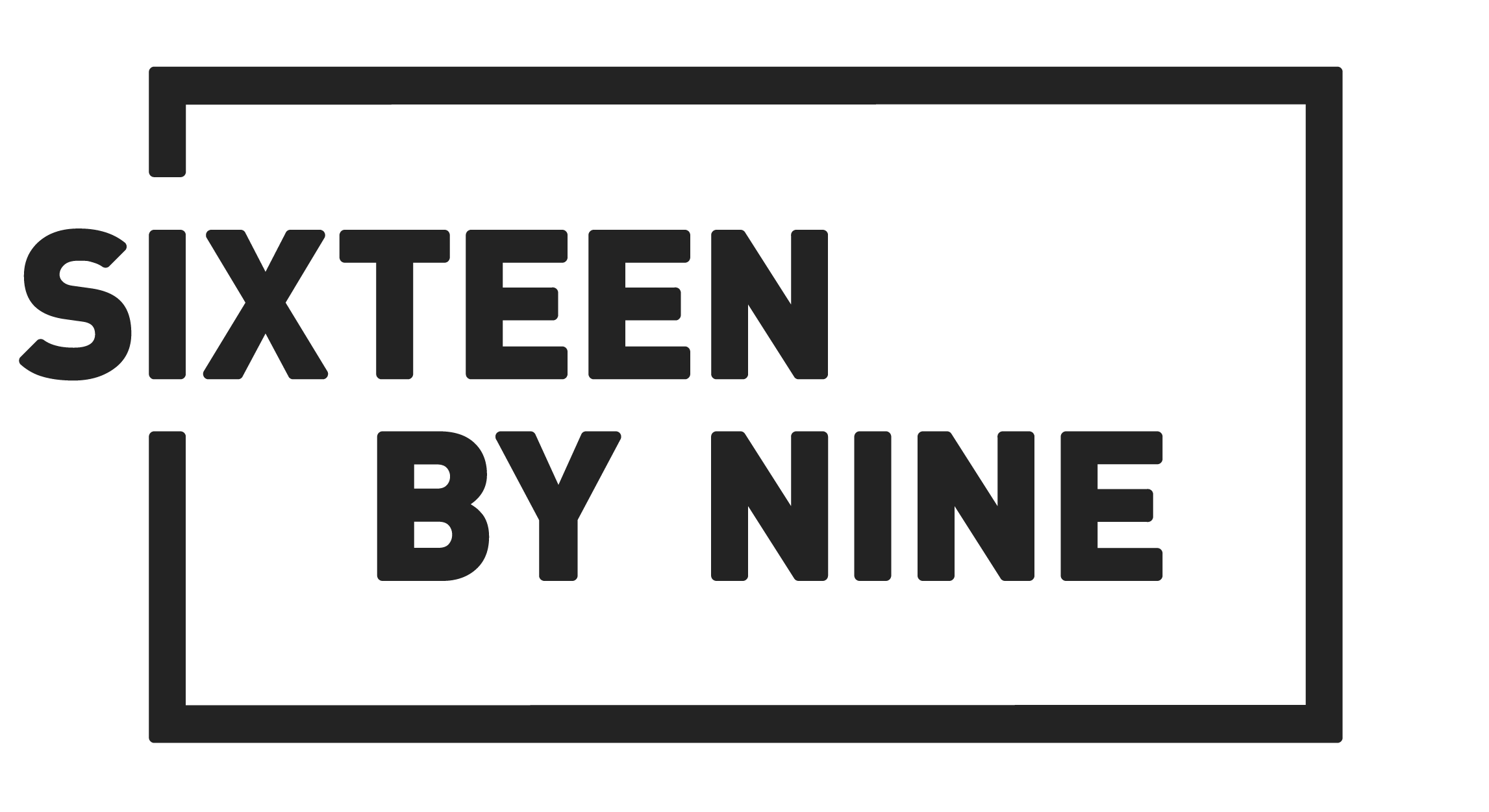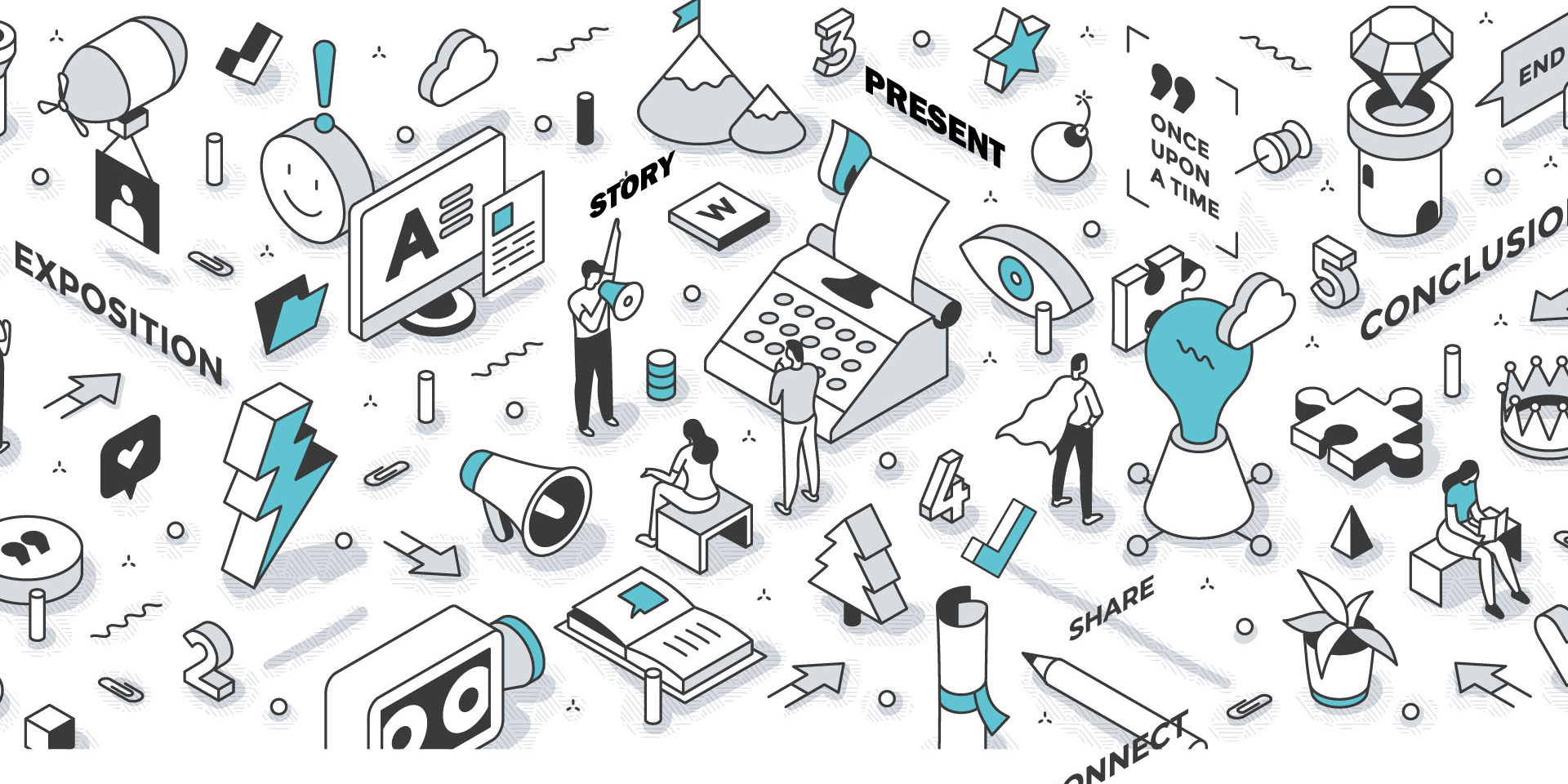Copyright and the use of images
We have already discussed the importance of using strong visuals in your presentation design to get the attention of your audience. But are you aware of the rules that surround the use of images in respect of licensing and copyright laws? The internet is full of photos, seemingly there for the taking. Search engines have photo finding tools and filters to assist in an image search. The success of social media channels relies on the sharing of images and visuals. A simple right click, “save image” and the said photo is neatly on your desktop waiting to be dropped into your next design. Stop. Simply put it is illegal to use an image unless you have the correct permission to do so. Most images are protected by some type of copyright law.
What is copyright?
The Copyright, Designs and Patents Act 1988 was introduced to protect people and their work from being copied, distributed, or used in any way without the permission of the owner or creator. This is a very full and in-depth document and certain things such as individual words cannot be protected. However, where images and photos are concerned, generally you cannot use them without the consent of the owner. If you use something without permission, even without realising, you could have a legal battle on your hands.
Where can I find images?
Before you run off into a land of text only presentation design, there are ways to use images legally and without fear of needing a get out of jail card. You just need to make sure that you check the small print. There are some great resources out there. Here are a few to get you started.
Creative Commons License
A creative commons license gives creators flexibility in the way that they allow their work to be distributed. Work is generally free to use as long as certain conditions are met. There are different permissions to choose from. Often only an attribution to the creator is required. Some licences even allow commercial use. Make sure you check the individual license associated with the image.
There are a whole host of websites that offer free licensed images for both non commercial and commercial use. Here is a list of some of the popular image banks available.
Flickr.com allows anyone to open an account, upload their own photos and choose their preferred license permissions. There are a lot of amateur images to sift through, but this is a handy resource.
Unsplash
A very popular site with quality free creative commons images. Lots of categories to choose from and some great curated content.
Pexels.com
Another fabulous site offering free photos, as well as video. Another plus is that they do not even need attributing.
Royalty Free images
Don’t get confused with royalty free images. These are not free but purchased for an agreed fee from photographic stock sites. The rights of use are then granted under a special license. Usually, you only pay once and can use it as often as is set out in the terms.
These sites have huge collections of content, not limited to photos. Graphics, icons and mixed media assets can be sourced. The general opinion is that the quality of content found on these sites are of better quality and you are more likely to find something that has not been used a million times before.
Again, there are many to choose from. Some offer packages to lower the cost per image. You do have to remember that there are certain restrictions on some photos depending on the actual content. Some are defined as “editorial only”, whereby it can only be used in an article intended to be for interest only. It cannot be used commercially in order to advertise or promote something.
Below are some great royalty free images websites:-
Shutterstock
Long established with many categories to choose from. Reasonably priced and with download packages available.
IStock
Another great contender, part of Getty Images that has hundreds of images.
Final tips
So remember, if you want to use images in your presentation design, make sure you are doing so legally. By understanding copyright law and image use you will have professional quality photos at a decent resolution.
Stay clear of copying from other websites and search engines, it is not worth the hassle.
And if you still cannot find the image you need for your presentation design, you could always unleash the inner photographer in you and take your own.




